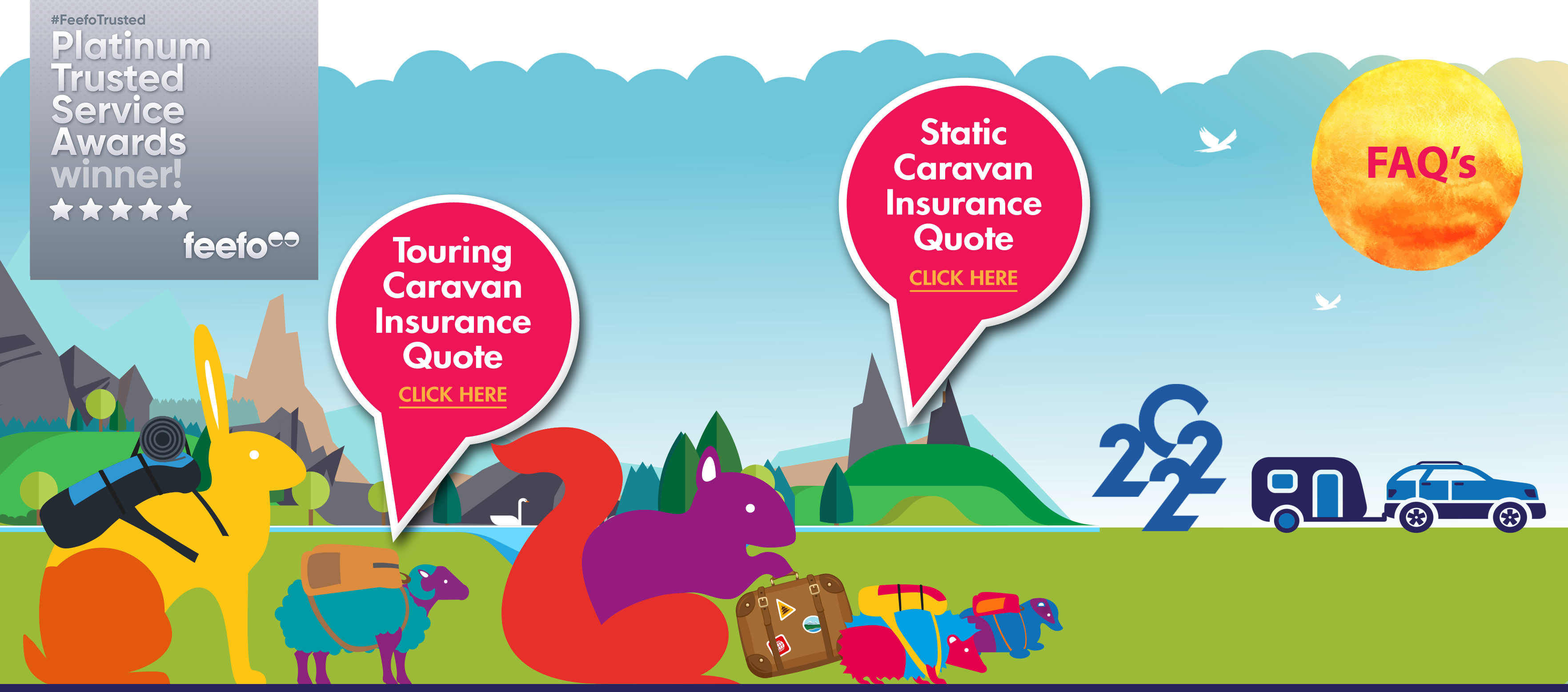
Owning a static caravan is one of life’s great pleasures – your own bolt-hole by the sea, in the countryside, or on your favourite static caravan park. But just like any asset, your caravan needs the most appropriate protection.
Choosing suitable static caravan insurance ensures you’re covered against unexpected events such as damage, theft, or loss.
Before you buy, it’s worth understanding what static caravan insurance includes, your obligations under the policy, and why you don’t generally have to stick with the park’s recommended policy.
You’re not tied to the park’s insurance
Many holiday parks offer their own insurance, but in most cases, you’re not obliged to buy it. UK caravan owners are typically free to choose their own insurer, if the policy meets the park’s requirements – such as having public liability cover for a set amount.
Buying independent static caravan insurance often gives you more flexibility and can often work out more cost-effective. You can compare specialist providers, tailor your cover to your caravan’s age and location, and make sure you’re not paying for extras you don’t need.
If you source your own caravan insurance, typically the park operator may ask for sight of the cover – and may change a small admin fee for doing so – but even so, you may still be able to make attractive savings on the cost of insuring your static home overall.
What static caravan insurance usually covers
Static caravan insurance is designed to protect both your caravan and what’s inside it. Policy features and benefits may vary depending on the policy and provider, so it’s important that you understand exactly what your cover entails. Typically, it may include:
- accidental damage, fire, storm or other extreme weather, helping to repair or replace your caravan if it’s affected by bad weather, fire, or an accident (exceptions apply);
- theft and vandalism protection, covering your caravan and its contents (if required) if they are stolen or damaged by intruders;
- static caravan contents insurance typically protects the items you keep inside, such as furniture, kitchen appliances and personal belongings;
- public liability cover safeguards you if someone is injured or their property is damaged while visiting your caravan and they take legal action (limits apply);
- finally, keys and locks cover can help with replacement costs if your keys are lost or stolen.(Not all providers offer this element of protection).
Setting the correct value for your caravan and contents
When arranging static caravan insurance, ensure you accurately estimate the full replacement cost of your ‘van – this is known as the “sum insured” on the policy.
If you undervalue it, in the event of a successful claim, you may not receive enough to replace or repair it after a major loss. The same goes for contents – keep an up-to-date list of what’s inside, including TVs, soft furnishings, and kitchenware.
Review these values every year, especially if you’ve upgraded or added new items.
Location and flood risk matter
Where your caravan is sited plays a big role in determining your insurance premium. Caravans in coastal areas or near rivers may be more exposed to flooding or storms, while those on rural or remote sites might have a higher theft risk.
If your park has a history of flooding, ask what flood defences or safety measures are in place. Some specialist caravan insurance providers offer cover for high-risk locations, though you might pay a slightly higher premium.
Seasonal use, winter storage and unoccupancy
How often you use your caravan may affect the cover you need. Some policies are tailored for seasonal use, while others cover you year-round. If your caravan is left unoccupied during the winter, check what conditions apply – insurers may require that you drain down water systems or leave heating on an ambient setting to prevent frost damage.
Failing to follow these conditions could invalidate your static caravan insurance, so it’s worth reading the small print carefully – or checking with your insurance broker.
Understand excesses and exclusions
Every caravan insurance policy includes an excess (the amount you’ll pay if you make a successful claim) and certain exclusions. Common exclusions include general wear and tear, vermin damage, or poor maintenance.
Storm and flood cover may also have specific conditions, particularly if your caravan isn’t permanently sited or properly anchored.
If you have awnings, specific conditions may apply to them too – our blog Awning insurance: need to know explains more.
Reading your policy documents before you buy is essential. That way, you’ll know exactly what is – and isn’t – covered. If you are unsure of anything relating to your static home insurance quote or cover, then please speak to your insurance broker for clarification. They will be happy to help.
Final thoughts
Buying static caravan insuranceisn’t just about ticking a box for your holiday home – it’s about safeguarding your investment and your peace of mind.
By taking the time to compare cover options, check for exclusions, and keeping your details up to date, you’ll know your static caravan is protected – leaving you free to focus on what really matters: enjoying your time away.
Further reading:
Making an informed choice – static caravan insurance
Static caravan insurance discounts and other need to knows

